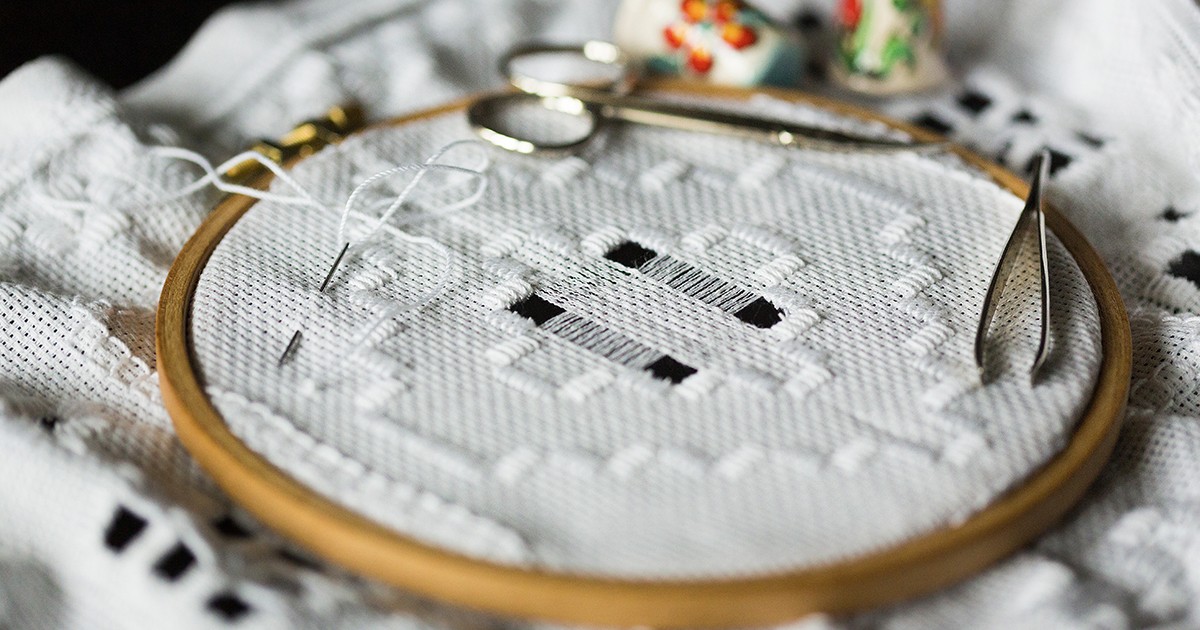
By Ellie Gustafson
“Palliative…WHAT?”
A tricky question, background first, perhaps? Here’s the short version:
I’m eighty-nine, am well into my fourth year of stage IV lung cancer, and am on palliative care and hospice.
I’m gradually losing strength and energy.
I fell and broke my wrist and kneecap.
· A joke here, made by a punny friend: Is choral music, sung while kneeling, called an a patella choir?
My husband of sixty-seven years has short-term memory issues, which adds significantly to my stress.
I have no fear of death and am ready to meet my Savior anytime.
“Okay, I get that. But…push-ups?
I’ve been into exercising for years. It’s healthy and counteracts the aging stuff. Breaking things brought a halt to it, but while sitting around, I got to thinking: Could some exercise be of benefit? How much can I still do?
Quite a bit, as it turned out. I was given exercises for my wrist and knee, so why not add to those? Here’s my current routine:
Stand up/sit down, using legs and not arms—20
Standing push-ups against a dresser, my feet a yard back—20
Sit-ups on a bed, hands behind head—20
Lift an eight-pound weight (good arm) straight up—8; bicep curl—20 (Bad arm, token lifts with help from good arm)
Lift both legs together, straight up—20
Ten-second quad tightening—10
Clamshells with black rubber stretchy band—15 each leg
Bad arm gently pulling the stretchy band from a doorknob—10
I used to do a difficult exercise that’s no longer possible because I can no longer kneel. I made it up, driven by that plaintive TV cry, “I’ve fallen, and I can’t get up!” Get down on the floor, then onto your knees, and stand up, each leg 5 times—without holding on to anything. My PT guy said no on that one, and I’m happy to obey. It is an excellent exercise, though.
Confession time: I do the stand-up/sit-down bit two or three times a day but the other exercises only three times a week. I walk over a mile most days. No speed records, and it’s not exactly fun, but it does keep me moving.
My Palliative Care person cheers me on each time she comes. My oxygen level is always good, and even though the blood pressure she takes is seldom ideal, my own readings when feeling down and out are sometimes below 100/50. Yes, I am dying.
Despite the good that comes from regular exercise, I’m often so tired I can barely drag myself from one task to another. A good night’s sleep perks me up, but just getting up in the morning is one of the hardest things I do all day. Once up, though, I can do my exercises and still have enough zing to face breakfast prep—high-powered nutrition but a lot of work getting it ready to eat. Then pills and supplements. I have help putting them up, but the total per day is beyond the number I’m willing to count. I’m still taking the miracle pill that has kept me alive for over three years.
My brain-challenged husband requires considerable oversight, and that emotional drain carries a high price tag. He means well, but his unpredictable lapses are costly in terms of energy, patience, and love.
Tea is my twice-a-day gasoline—two bags of green tea in the morning, and black tea after my nap in the afternoon. On Sunday mornings before church, a cup of coffee fuels me for worship, as well as for meeting, greeting, and interacting with dozens of people. My favorite day of the week.
As I look back, my life has been filled with satisfying experiences that include horses, music, flower-and-vegetable gardening, writing and publishing six novels, raising children, building a house (as in nailing 2 x 4s and roof shingles), serving as a pastor’s wife, tree farming, clearing woods trails, making maple syrup, running children’s camping programs, blogging, knitting/crocheting/hardanger (look it up), traveling nationally and internationally, photography, and even raising a baby raccoon! (Did you know that you have to wipe their bellies with a warm, wet cloth to make them pee after eating?) I am deeply grateful to my Lord for the depth of the riches that have encompassed my life.
Having never died before, my expectations at best are general. Though palliative care people themselves have not experienced death, they are experts through observation. With them at my side, I am finding comfort, assurance, and confidence. Skilled care shores up a person’s own inner perspective on imminent death. They know, better than I, what’s ahead for me, and they are very good at holding needy hands.
I am well prepared—in every way—to meet my Lord.